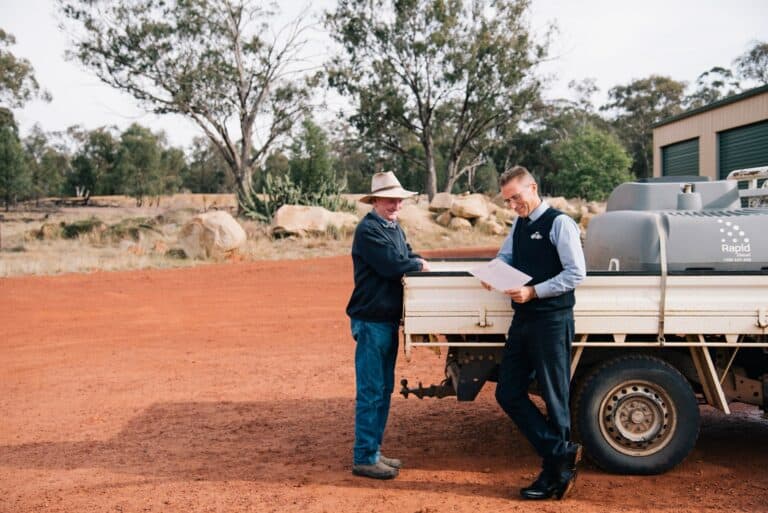“A few small adjustments in the operation of your farming business (in the right direction) can have a compounding effect on profit.”
Stephen Malcolm
After over 30 years in the rural accounting profession, I have come to the conclusion that most farmers are flying blind when it comes to knowing their true level of profit and how much each individual enterprise is contributing to their profit. They are also flying blind generally in knowing the sort of return they should be expecting from their farm business assets. This should be fundamental management information for primary producers, most of whom have well in excess of $1m of assets per business.
There are a number of serious issues in the preparation of the standard financial statements that make them on the whole an ineffective farm management tool. The financial statements are necessary for the purposes of taxation and for financial organisations to use but for a number of reasons cannot form the basis for solid management decisions. This is evidenced by survey results that show only 25% of clients even read the financial statements of their business. Farmers can spend up to fifteen thousand dollars to have the financial statements prepared, yet the majority don’t bother to read them.
So what are the problems with the average accountants’ financial statements?
- The Production Year is not used as the reporting period. The financial year statements generally begin in July and ends in the following June, whereas a production year for most farmers who do some dry land cropping would be a calendar year. This means that for most primary production clients who have financial year statements prepared, they have income from the previous production year and expenses from the current production year included in the one Profit and Loss Statement. To be useful, a production year Profit and Loss Statement must be the reporting period.
- Assets on the Balance Sheet are not listed at market value. The farm that was purchased for $500K in 1990 could now be worth $2m. You will generally find that it is still sitting on the Balance sheet at $500K because of the historical cost accounting methods employed. Likewise plant items and livestock are generally listed at well below market value because of tax depreciation and livestock calculations. To be meaningful, these need to all be listed at today’s market value.
- Farm land is often held by different legal entity to the trading entity. This means that the Balance Sheet of the trading entity is not a complete list of assets and liabilities of the business. All the assets and all the liabilities of the complete business need to be listed together in order to give a meaningful net asset position against which you can measure net profit.
- Owners labour is often not allowed for in the P&L of many businesses. All businesses need a manager and to obtain a meaningful profit analysis, a market value allowance needs to be made for the owners labour contributed to the business.


There are other significant problems as well as those listed above which make the financial statements on the whole an ineffective farm management tool for agriculture. It is also important to realise that the average accountant’s set of financial statements are prepared to complete the tax return and not to give a relevant profit figure for the business.
A lot of our clients are Phoenix users and one of the advantages of this program is flexible reporting periods and coding to enterprises.
We have utilised this to develop a new service which gives a true profit figure for the whole farm business and for each enterprise within that business (and based on a production year). It also gives a relevant net asset list and what return you should expect from your business. When you have a true record of your position and performance over the last year, you have some meaningful data which is worth analysing.
Once these figures are available, it is also possible to look behind the results to learn some lessons on how to do things better on your farm for next year. With the aid of a farm consultant to guide you through the report, this can be a very profitable and useful process.
A few small adjustments in the operation of your farming business (in the right direction) can have a compounding effect on profit.
This is critical information for the serious farmer and makes flying much less dangerous.
Stephen Malcolm
Director, CPA, B. B (Ag), JP
